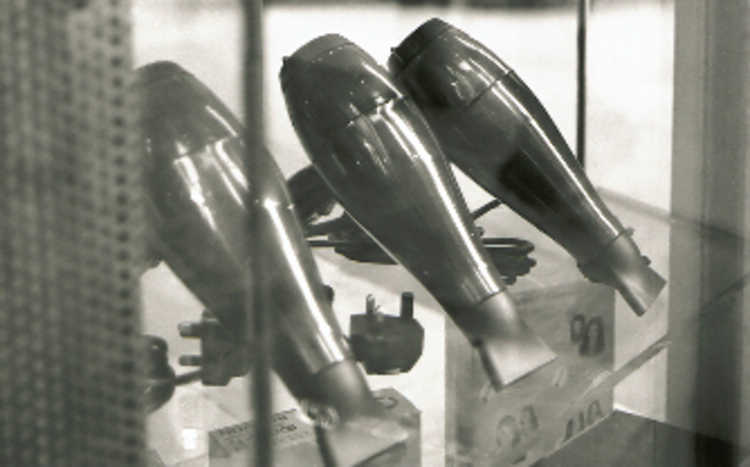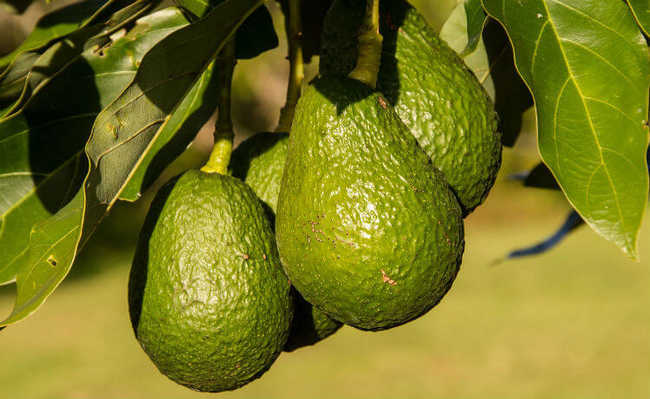Ethanol: what is it and how is it produced?
In addition to being used in automotive engines, ethanol can also be used to generate electricity. Understand what ethanol is and how it is produced

Ethanol, also called ethyl alcohol (C 2 H 5 OH), is a pure substance, consisting of a molecule formed by two carbon atoms, five hydrogen atoms and a hydroxyl group. There are two types of ethanol: anhydrous and hydrated. The difference between them is only due to the concentration of water in their composition. The anhydrous has a water content equivalent to 0.5%, while the hydrated has a content of 5%. The industrial process used conventionally produces hydrated ethanol, which is sold at gas stations to be used in motor vehicles. The production of anhydrous ethanol, on the other hand, requires an additional and specific procedure for removing excess water.
Anhydrous alcohol is used for the production of gasoline C, a substance produced from a mixture of gasoline A (pure gasoline) and ethanol. From this mixture, the amount of anhydrous alcohol varies from 20% to 25%. Both gasoline A and anhydrous alcohol cannot be sold directly to the final consumer.
A variety of plant species can be used for ethanol production. In Brazil, the most used material is sugarcane, also presented as an alternative for generating electricity from waste in the form of bagasse. Each ton of sugarcane produces 140 kg of sugarcane bagasse.
The National Alcohol Program (Pro-álcool), launched in 1975 by the federal government as a strategy to combat the global oil shock, encouraged the planting of sugarcane in the country, a plant species found in Brazilian soil, topography and climate the ideal conditions to thrive, moreover, is among all plant species the one with the highest productivity per hectare. According to data from the Confederation of Agriculture and Livestock of Brazil (CNA), Brazil is the world's second largest producer of ethanol, second only to the United States. Sugarcane is the plant species that supports the production of Brazilian ethanol, while US ethanol is produced from corn.
But if, on the one hand, ethanol is seen as an alternative for energy generation, on the other, it is pointed out by some as a potential threat to food production because it competes for land with the agricultural sector. Due to this concern and the increasing demands for energy and food, technologies are being improved so that it is possible to produce ethanol from agricultural residues. Second-generation ethanol, also known as cellulosic ethanol, is that produced from material rich in lignin, a product normally wasted in the form of sugarcane bagasse in the conventional ethanol production process.
Ethanol has some advantages over fossil fuels, such as the fact that it pollutes less. However, other steps in the ethanol production chain must be taken into account. An example is the production of vinasse, or vinasse, a by-product of the ethanol production process. In the production of one liter of ethanol, 13 liters of water are used, of which 12 liters are vinasse. When poured into water bodies, vinasse makes the water unfit for human consumption, in addition to seriously affecting the fauna and flora of the aquatic environment. However, the vinasse can be used for the production of biogas, which would reduce the impact of this stage of the ethanol production cycle.










